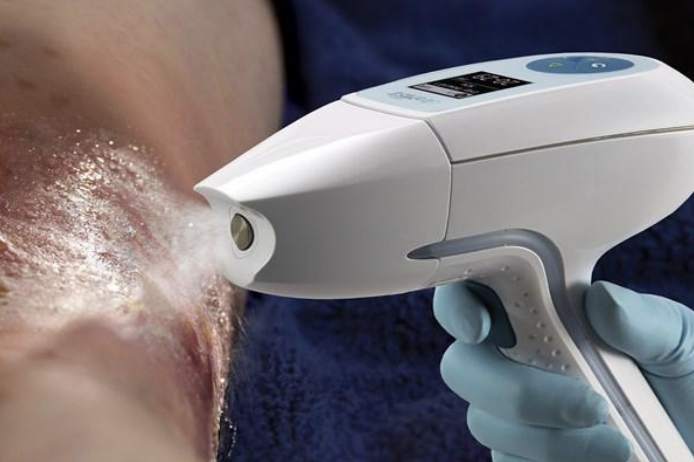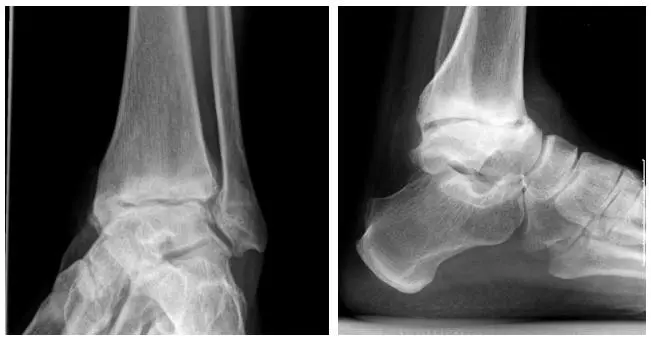
It can be challenging to struggle with chronic wounds, but following the 5 Rules of Wound Care can help ensure that wounds stay clean, preventing further infection and aiding in healing. No matter the type of wound, whether acute or chronic, from surgical recovery to diabetic ulcers, the 5 Rules of Wound Care can help keep chronic wound care patients from infection and promote healthy at-home wound care routines. The two things every wound care patient and family member should focus on are preventing infection and promoting healing. These rules can keep you on the road to recovery.
Wound Care Rule #1: Keep The Wound Clean
The first rule of wound care is always to keep the wound clean. Over time, infection-causing dirt, bacteria, and debris can enter the wound through your environment. Even clean clothing and bed linens can introduce bacteria into an open wound. When cleaning your wound, avoid harsh astringents like rubbing alcohol or peroxide, as they can prevent healing by damaging the healthy skin and tissues around it.
Use your wound-care team’s recommended antiseptic wash on a sterile cloth or antiseptic wipes to clean the wound, then gently pat the wound and surrounding area dry. Cleaning the wound removes any debris or bacteria introduced to the wound.
Seek medical attention if you have signs of infection, including but not limited to redness, increased pain, pus-like drainage, fever, or a foul odor coming from the wound.
Wound Care Rule #2: Use Clean, Appropriate Dressings
Make sure your wound dressings are dry, as a dry dressing will keep good moisture in and harmful bacteria out of the wound, allowing it to begin the healing process and preventing infection. What dressing you use depends on your wound’s type, size, and location. Band-aids don’t always cut it, so use appropriate wound coverings like sterile gauze, adhesive bandages, foam, or hydrocolloid dressings, as your wound care team recommends. Store your bandages in a clean, dry place to prevent them from becoming dirty before use.
Wound Care Rule #3: Change Your Dressings Regularly
You should change your dressings and clean the wound regularly to promote healing and prevent infection. Your wound care team will instruct you on how frequently to change your dressings. Change bandages if they become wet or dirty from the outside environment (splashed with water from stepping in a puddle) or if the bandages are wet with fluid from the wound. Take the time during a dressing change to assess the wound for signs of infection.
Wound Care Rule #4: Follow Instructions for Antibiotics or Topicals
Not every chronic wound patient requires antibiotics, but some do. Your wound care team may prescribe an oral or topical antibiotic for infection treatment and prevention. It’s vital to the healing and recovery process to take or apply the antibiotics as directed by your provider so it has time to fight the infection properly.
Wound Care Rule #5: Find Wound Care Guidance
Chronic wound patients often require specialized care. Consult with your primary care provider or a wound-care specialist for a personalized wound-care plan that meets your needs. Wound care is about promoting healing and preventing infection. The more support a patient or family member has, the better the quality of life and chance of healing.
Please reach out if you or a loved one is interested in at-home wound care services or looking for more information about at-home wound care from Personic Health.





